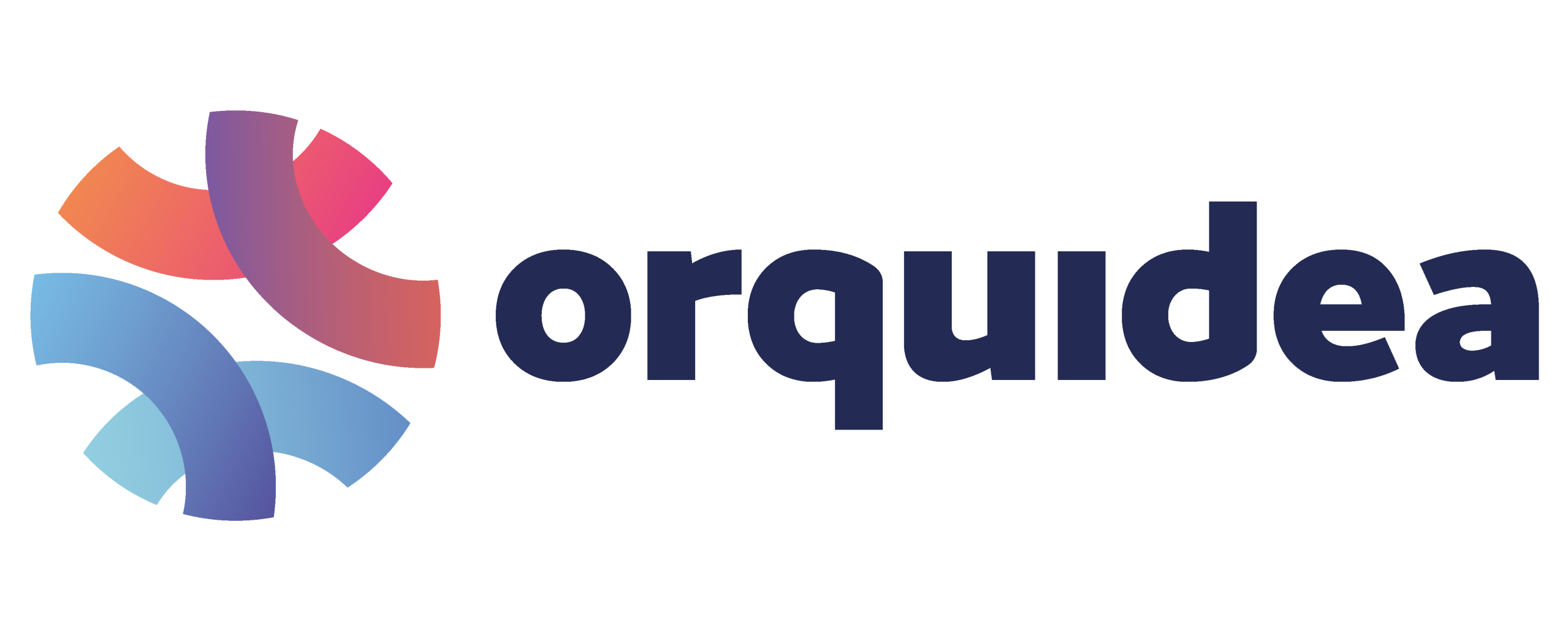AI in Creativity: Co-authorship, Curation, and the Future of Expression
Creativity has long been considered a uniquely human trait—rooted in emotion, experience, and imagination. But as artificial intelligence enters studios, stages, and screens, it’s reshaping how art is made, who makes it, and what it means to create. This article explores real-world applications of AI in creative domains, focusing on co-authorship, curation, and the evolving nature of artistic expression.
1. Co-authorship and Collaboration
AI is increasingly seen as:
- A creative partner, not just a tool
- Capable of generating music, poetry, visual art, and narrative
- Responsive to prompts, style guides, and emotional cues
- Able to remix, extend, or reinterpret human input
Artists use AI to spark ideas, overcome blocks, and explore new aesthetics.
2. Generative Platforms and Tools
Popular tools include:
- DALL·E and Midjourney for image generation
- MuseNet and AIVA for music composition
- ChatGPT and Sudowrite for storytelling and poetry
- Runway ML for video and multimedia creation
These platforms enable accessible, scalable creativity across disciplines.
3. Voices from the Studio
Sougwen Chung, artist and researcher:
- “I collaborate with AI not to replace myself—but to extend my gestures, my memory, my imagination.”
Sasha Stiles, poet and AI collaborator:
- “Prompting is a new kind of authorship—where language becomes a spell, and the machine is the echo.”
These voices frame AI as a co-creator, not a competitor.
4. Copyright and Ownership
Legal challenges include:
- Who owns the output of an AI model?
- Are AI-generated works protected by copyright?
- Can artists claim infringement on their style or data?
Existing legal frameworks are being tested by generative AI.
5. Curation and Discovery
AI helps:
- Recommend art and music based on user taste
- Analyze aesthetic trends and cultural shifts
- Create personalized galleries and playlists
This expands discovery and access to new works.
6. Ethical Considerations
Key concerns include:
- Fair compensation for artists whose work is used as training data
- Algorithmic bias that reinforces dominant aesthetics
- The proliferation of deepfakes and misinformation
- The loss of traditional craft and skill sets
Creativity must be guided by respect and responsibility.
7. Cultural Impact and Aesthetic Shifts
AI influences:
- New genres and hybrid forms (e.g., AI poetry, glitch aesthetics)
- Reinterpretation of authorship and originality
- Debates around authenticity and emotional depth
Creativity becomes a site of philosophical and cultural inquiry.
8. Institutional Strategy
Publishers, galleries, and platforms are:
- Creating guidelines for AI-assisted submissions
- Hosting exhibitions of human-AI collaborations
- Funding research into ethical creative AI
- Educating audiences about machine-generated art
Institutions must adapt to new modes of expression and authorship.
9. The Road Ahead
Expect:
- Co-authored works with dynamic attribution
- AI curators and editors shaping cultural discourse
- New legal frameworks for creative rights and royalties
- Artistic movements centered on machine imagination and human emotion
Creativity will evolve—not just with machines—but with shared vision and ethical care.
Conclusion
AI in creativity is not about replacing artists—it’s about reimagining expression. From co-authorship to curation, it offers tools to expand possibility, challenge norms, and democratize access. But its success depends on more than algorithms—it requires intention, transparency, and respect. In this ninth case, we see that intelligence—when guided by imagination—can help us create not just new works, but new ways of being creative together.
